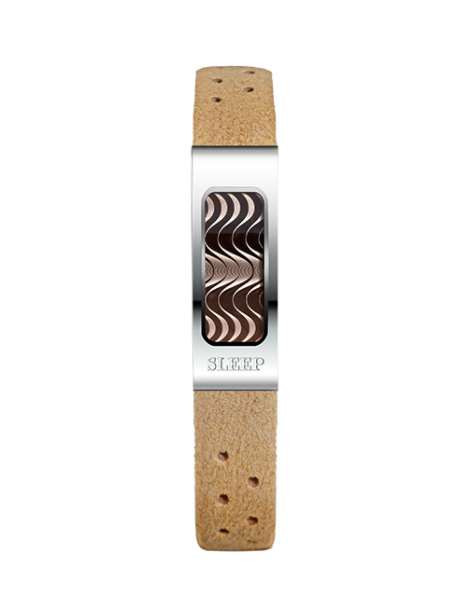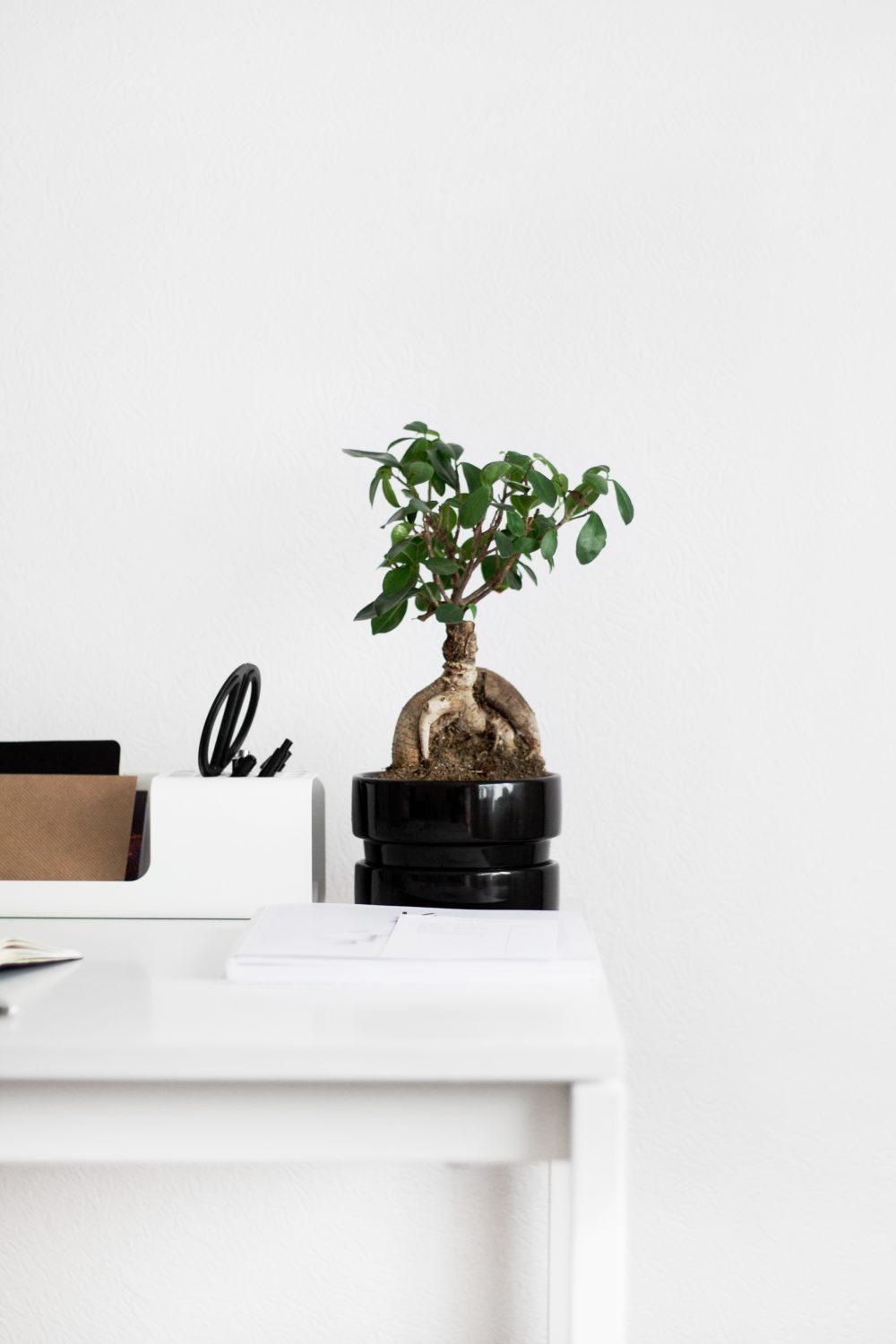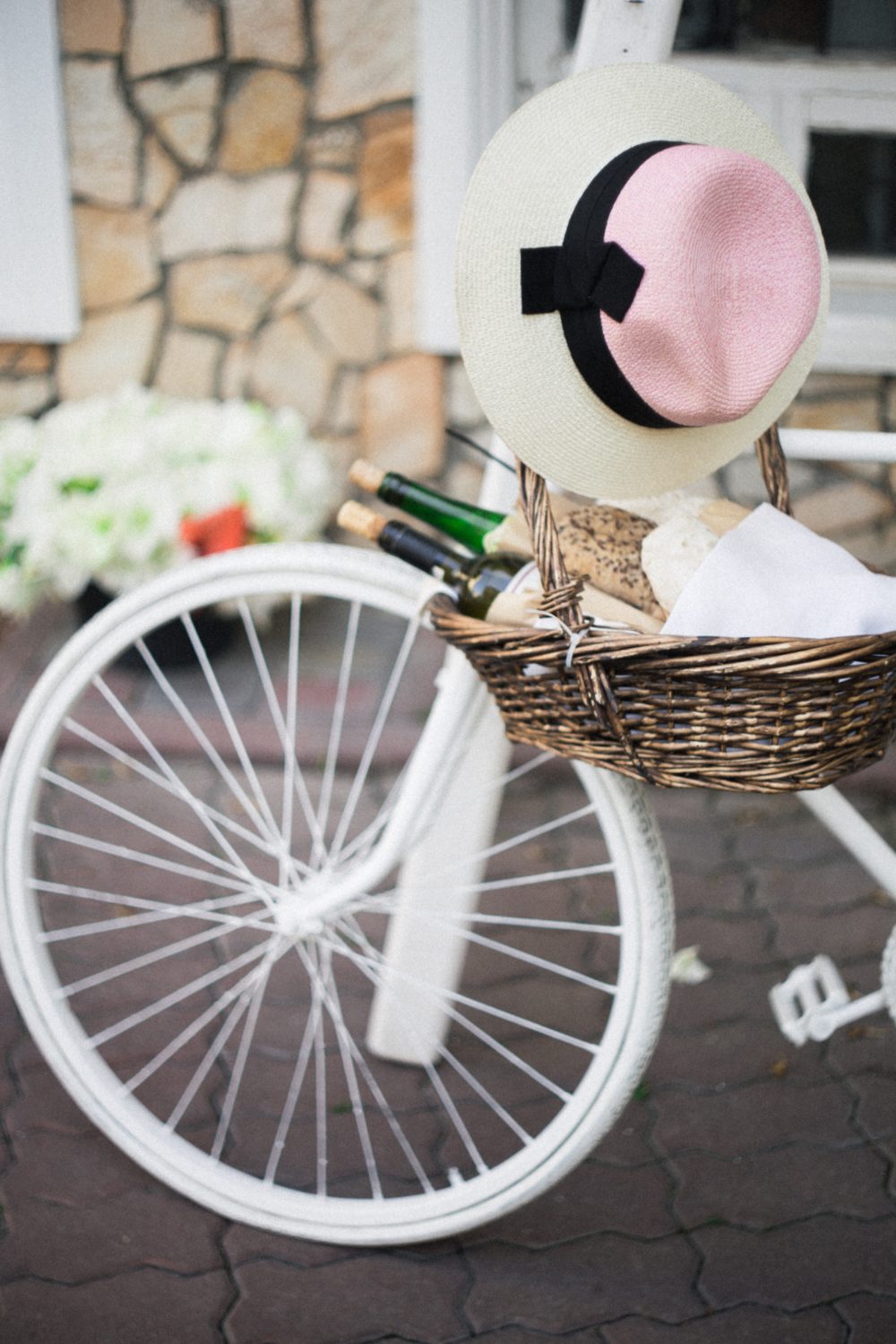In an increasingly fast-paced world, it’s no surprise that we’re constantly searching for balance to help improve our day-to-day lives and overall well-being. Balance isn’t just a buzzword your yoga teacher tosses out in savasana. It’s actually a legitimate approach to day-to-day happiness, and it’s what makes you feel whole, harmonized and fulfilled.
With society becoming more and more globalized, it only makes sense to borrow wellness practices and self-care tips from the cultures who’ve got it down to a science. Last year, it was all about hygge — and don’t get us wrong, it deserves the hype — but this year there’s a new set of self-care concepts on the scene, all of which are worth your consideration.
Hygge: The Cozy Danish Way
The Danes are the happiest people on the planet according to this year’s United Nations Happiness Report, and it comes as no big surprise to those who are familiar with the Danish way. The Danes live by the concept of “hygge” — pronounced “hooga” — which roughly translates as “well-being.” This quality is used to describe a feeling of warmth, comfort, and familiarity, and engenders a sense of contentment and overall well-being. And it may be a big reason why the Danish people are more contented than everyone else.

So how does this translate into everyday life? It means focusing on the warm, comforting things in life, like a wood-burning fire, a good meal or a sweetly fragrant candle. But for the Danish people, cuddling up with a good book and a cozy blanket isn’t enough to hit the height of hygge. The word is also used to describe a sense of “everyday togetherness” and spontaneity. Many cultures have similar concepts. For example, Germans use the word “gemütlichkeit” to describe a feeling of warmth and cheer.
Ikigai: The Japanese Search for Self
The Japanese have a reputation for extreme order (case in point: a Japanese rail company recently made news when it issued an apology for allowing a train to depart 20 seconds early), but they’re also some of the most creative and self-expressive people on the planet. This unique balance is one facet of ikigai — pronounced “ee-kee-gy” — the Japanese version of the French’s raison d’être. The Japanese believe that everyone has an ikigai, or a purpose in life, and that finding it requires some deep soul searching.

Venn diagrams on the topic show four compartments: what you’re good at, what you love, what the world needs and what you can be paid for. In the middle, where all of these things overlap, lies ikigai. In other words, it’s the Japanese way of balance and finding meaning without relying only on the inward self. The concept may be the reason why the Japanese live longer; Japanese women have a life expectancy of 87 — the highest in the world — while Japanese men live longer than those in the U.S. and U.K.
Natural Frequencies: An American Alternative
Americans are often criticized for being over-indulgent: studies show they we’re overweight, overmedicated, and overworked. But Americans are also reactionary, resourceful and influenced by a range of different cultures. One example of Americans taking a more holistic well-being approach is by channeling natural frequencies of the Earth. For example, Philip Stein Wellness Bracelets use a patented Natural Frequency Technology to encourage health and well-being.

Counter to the stereotypical American way, these bracelets require you to consume nothing: no supplements, no health foods and no stimulants. Instead, according to the company, their technology functions like a finely tuned antenna that picks up beneficial natural frequencies and then channels them into the body. The idea is that wearing one of these bracelets, such as the Philip Stein Horizon Bracelet, can improve quality of life by syncing the body with the natural electromagnetic waves that surround the Earth.
Lagom: The Swedish Take on Moderation
Everything in moderation, according to the Swedes. This word, meaning “just the right amount” or “not too much, not too little,” signifies the Swedish approach to proportion and balance. Lagom is often described as everything that’s just enough, sufficient, adequate and just right. The word is said to describe the Swedish national psyche, which is closely associated with equity, tolerance, modesty and less over-consumption.

It’s this ethos of moderation that has shaped our perceptions of Sweden and Scandinavia as a whole for the past several decades. Take Swedish design, for example: minimalist and functional but balanced and striking. There are few design styles more obsessed with proportion and balance, in fact. The concept of lagom has mushroomed over the past year, setting off a succession of books and magazines on the topic, especially in the U.K.
Friluftsliv: Norway’s Way of Reconnecting with Nature
Is it just us, or does Scandinavia seem to have all the answers to life? Add friluftsliv — “the freedom to roam” — to the list of Scandinavian secrets of note. Norway’s own self-care concept literally translates to “free air life” in Norwegian, but it carries broader cultural connotations that encourage self-discovery through nature. It’s also used as a term to describe “everyman’s right,” or a person’s right to access the outdoors for recreation and exercise. Many other countries throughout the world share similar concepts.

At its core, friluftsliv simply means to go outside and enjoy, but it’s also another example of Scandinavian minimalism, as it encourages soul-seekers to look only to the open air for fulfillment. The Norwegians may be onto something: spending time outdoors is definitely good for you, according to the Harvard Health Letter, and can help improve concentration, happiness and, of course, physical health. Perhaps friluftsliv is one reason why Norway continues to set standards with regard to quality of life, with a longer life expectancy, a higher annual income and better education than most other countries.
Which of these wellness practices inspires you?
Also by Stacey: From Amal To The Queen, Morning Rituals Of 10 Highly Successful Women Revealed
Related: These 5 Hot New Wellness Trends Are Here To Make 2018 Your Best Year Ever
ASMR, aka Head Orgasm, Is The Most Powerful Wellness Technique You Haven’t Tried
Get more like this—Subscribe to our daily inspirational newsletter for exclusive content!
__
Photo: Kaboompics, Philip Stein, Angelina Litvin via Unsplash, Sarah Dorweiler on Unsplash




